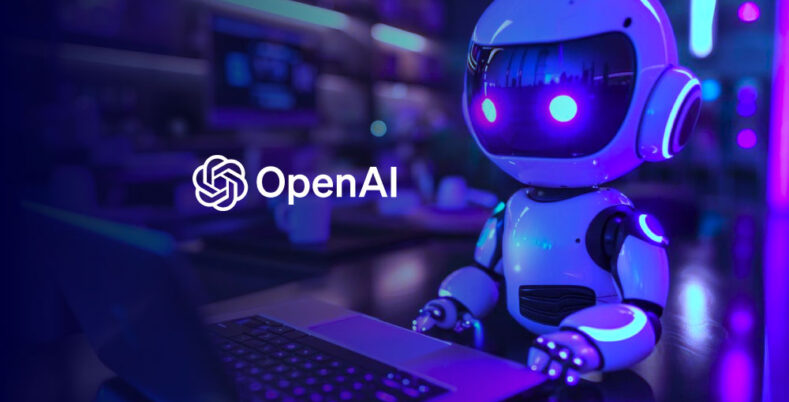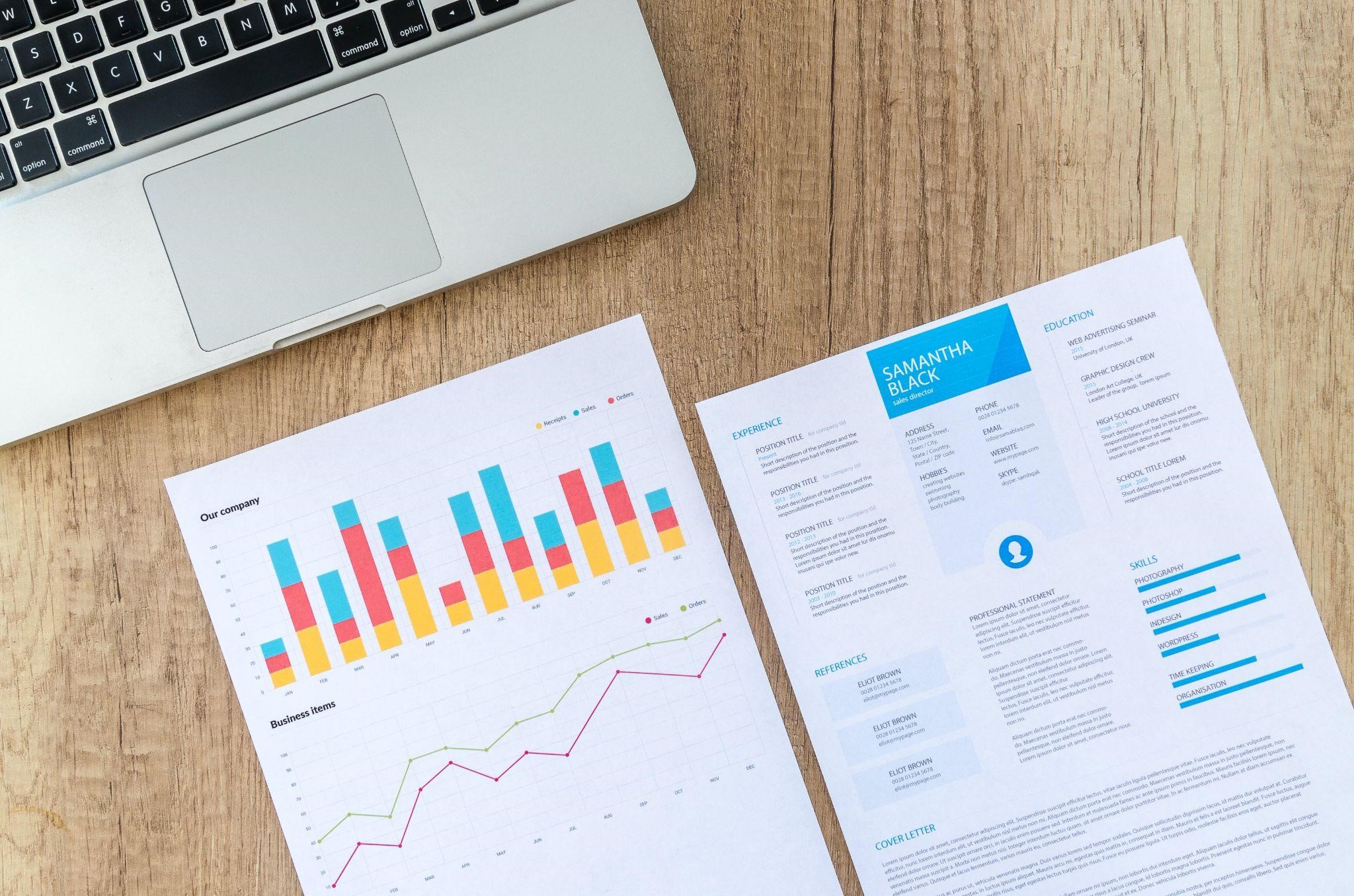OpenAI is a name that is associated with the promise of cutting-edge artificial intelligence (AI) technology. What has been the story behind the transformation? What milestones have defined OpenAI's journey? Let's take a step-by-step look at the history and progress of OpenAI, exploring its key moments, technological advancement, and how the world would have been impacted by its emergence.
The Beginning: OpenAI's Vision (2015)
OpenAI officially came into existence in December 2015. It was founded by well-known figures in technology, including Elon Musk, Sam Altman, Greg Brockman, Ilya Sutskever, and John Schulman. Their mission was to ensure that "artificial general intelligence", a type of AI that is capable of performing any job a human can do, will actually work for humanity.
Since from the beginning, OpenAI was founded on the idea of openness and transparency. The team’s motive was to design AI in a safe and ethical manner. They promised to share their research and collaborate with others, and their AI could be trusted to do good in the world.
The Early Days: Research and Breakthroughs (2016-2018)
In its very early days, OpenAI did quite a lot of work in various areas of AI research. The first project was the creation of OpenAI Gym, a toolkit building and testing reinforcement learning algorithms. Reinforcement learning is a type of machine learning where an agent learns to make decisions by interacting with an environment and receiving rewards for good actions. Gym allowed researchers and developers to test and experiment with their AI models in controlled environments.
OpenAI Baselines was another important achievement announced by OpenAI in 2017. It was a set of high-quality implementations of reinforcement learning algorithms that gained a lot of popularity at that time. These baselines made it simple for researchers to compare their work and improve upon each other’s research.
One of OpenAI’s big breakthroughs came in 2018 when the team introduced OpenAI Five. OpenAI Five was a team of AI that played Dota2, the popular video game, at a professional level. This game was unique because of its ability to play and strategize as a real team, something that had never been done before in AI gaming. In August 2018, OpenAI Five even competed against human professionals, winning multiple games.
The Big Leap: GPT Models and Language Understanding (2018-2020)
While gaming AI was impressive, it was natural language processing (NLP) and the Generative Pretrained Transformers (GPT models) that really made a big difference for open AI. In June 2018, OpenAI released GPT-1, which was a model trained with massive numbers of text data to generate human-like text. Though GPT-1 marked a major milestone, it was just the beginning.
In 2019, OpenAI announced GPT-2, a stronger and more advanced version of its earlier model, GPT-1. GPT-2 was able to generate coherent paragraphs of text that were contextually relevant and sometimes indistinguishable from text written by humans. OpenAI initially released only a part of GPT-2, holding back the full version because they were concerned regarding the misuse of the released version for creating fake news, disinformation, or other harmful content.
Then, in June 2020, arised GPT-3, a game-changer launched by Open AI, which was having 175 billion parameters (the settings or values that help a machine learn), and it was the largest language model of that time. It was able to answer questions, write essays, summarize articles, translate languages, and even create content like poetry and stories, all with incredibly high accuracy. this version was like whole new world of possibilities for AI-driven applications.
The Rise of Chatbots and Readability (2021-2022)
In 2021, the capabilities of GPT-3 caught the attention of businesses and developers worldwide. OpenAI teamed up with Microsoft to integrate its language models into Microsoft products, like Word and Excel, by upgrading them with text-predictive abilities and summarization.
While businesses were excited about GPT-3, individuals and creators also started exploring its potential. OpenAI's API (Application Programming Interface) made it easier for developers to bring GPT-3 into their applications, websites, and chatbots to reach a larger number of users than ever before.
In November 2022, OpenAI launched ChatGPT, a conversational AI based on GPT-3.5, a cleaned and refined version of GPT-3. ChatGPT quickly became a widely popular platform because it had a very natural and interactive conversation with users. People started using it to get homework ideas for a project, to take advice on relationships, to search for information, or just simply chat as one does with a friend for fun. It’s friendly and approachable interface made it easy for Tech Savy and non-technical persons to interface with AI.
Entering the Visual Realm: DALL·E and Image Generation (2021-2023)
As OpenAI was transforming text-based AI, the company also expanded into the picture generation space. OpenAI introduced DALL·E in January 2021 as a model that could generate creative and realistic images from written descriptions. DALL·E used an input such as "an armchair in the shape of an avocado" to produce a unique, visually accurate image. This was a big advancement in filling in the gap between the power of text-based AI with visual creativity.
In 2022, OpenAI introduced DALL·E 2, an updated version of the original model, which generated better images than the first version. It also produced more realistic and much more detailed images. The ability to edit specific parts of images or to create images from scratch based on simple prompts opened new avenues for artists, designers, and creators wishing to bring their ideas into real life with the help of AI.
GPT-4 and the Future: A New Era in AI (2023-2024)
In March 2023, Open AI launched GPT-4, the latest version of its language model. GPT-4 was more advanced, capable of understanding and generating text models with more accuracy and variation. It was able to handle longer and more complex inputs and provide outputs of a much higher quality.
With GPT-4, OpenAI also introduced multimodal capabilities, which means the model is able to process text and images too. This made GPT-4 much more versatile, allowing it to analyze images, describe them, or generate text-based content from visual inputs.
What's Next?
As OpenAI continues to evolve, its impact on AI technology, ethics, and society grows. The launch of GPT models into image generation tools like DALL·E has basically defined what is possible in the world of artificial intelligence. This predicts more exciting innovations with OpenAI that will push all the boundaries and explore all applications of AI, from healthcare to education, business, and creativity.
Open AI has opened a new chapter. We are now finally entering an era in which AI is seen as a tool for everyone. It is changing industries and lives while opening new opportunities. This is a great time to join this revolution, and we are excited to see where OpenAI will go next.
Did you find the blog informative? If so, explore more similar content here.
You May Also Like:
What is AI in Social Media and Ways to Use it
Understanding Weak Artificial Intelligence: Detailed Guide with Examples and Limitations







